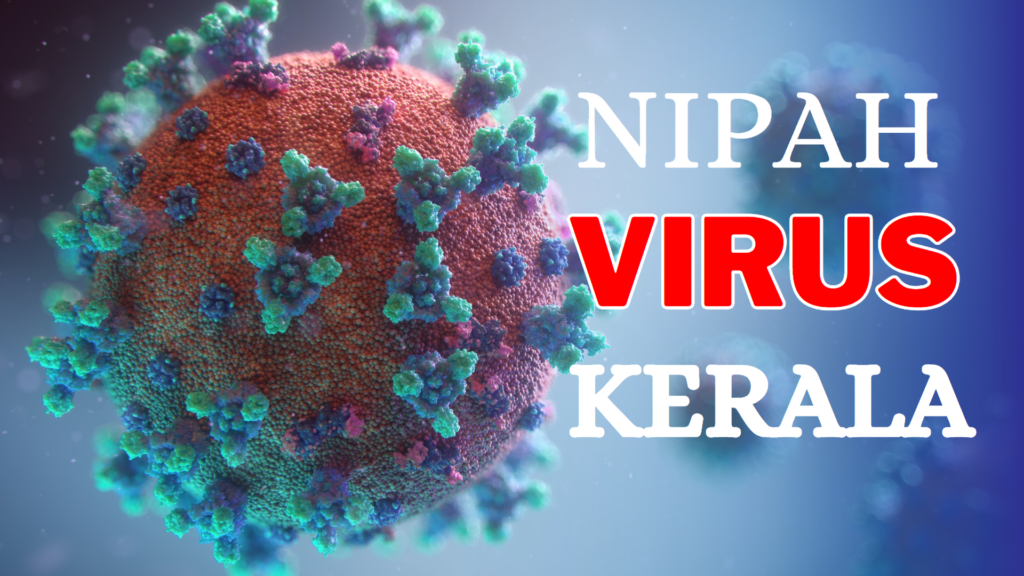The picturesque imagery of deer gracefully navigating sun-dappled forests takes a sinister turn when we confront the chilling specter of Chronic Wasting Disease (CWD). Dubbed “zombie deer” due to its devastating impact on cervid populations, this prion-based illness has become a growing concern, sparking fears of potential transmission to humans. In this deep dive, we’ll explore the origins of CWD, its catastrophic effects on deer, and the scientific community’s anxieties about the looming threat to human health.
The Looming Shadow: Devastation in Deer Populations
First identified in mule deer in Colorado in 1967, CWD has rapidly spread across North America, infecting white-tailed deer, elk, moose, and caribou. This neurodegenerative disease wreaks havoc on the nervous system, inducing brain degeneration and a nightmarish array of symptoms. From emaciation to tremors and erratic behavior, infected deer undergo a gruesome transformation, akin to scenes from a zombie movie. The impact on deer populations is catastrophic, leading to increased mortality rates, population declines, and disruptions in ecosystems, with economic losses estimated in the hundreds of millions of dollars annually.
The Human Factor: The Ominous Potential of Cross-Species Transmission
While no confirmed cases of human CWD have been reported, the possibility remains a haunting prospect. Prions, the infectious agents responsible for CWD, exhibit remarkable resistance to conventional sterilization methods, raising concerns about transmission through contaminated hunting equipment, meat consumption, or environmental exposure. Recent research, published in the journal “Emerging Infectious Diseases” in 2021, discovered prions in the lymph nodes of deer in early stages of CWD, suggesting potential human exposure before clinical symptoms manifest.
Addressing Anxieties: Navigating the Murky Waters of CWD Research
The scientific community is actively delving into CWD research, aiming to comprehend transmission pathways, develop diagnostic tests, and prevent its spread. Prions’ resilience and the complexities of cross-species transmission pose formidable challenges, necessitating long-term studies and continuous surveillance to assess the true risk to humans. While the risk of contracting CWD from deer is currently low, responsible hunting practices, proper meat handling, and heightened awareness are crucial in mitigating potential risks.
Moving Forward: A Proactive Approach to CWD Management
To combat the menace of CWD, a proactive approach is imperative. Increased funding for research, robust surveillance programs, and public education campaigns are vital components of an effective strategy. Collaboration between wildlife agencies, researchers, and the public is key to developing comprehensive strategies for disease control and prevention. Understanding the delicate balance between humans and wildlife is crucial, and by adopting responsible practices and supporting ongoing research, we can safeguard both animal populations and human health from the shadow of this chilling disease.
Suggested: Chinese Garlic and US National Security: Unveiling the Facts and Ensuring Food Safety
Confronting the Challenge: A Multifaceted Approach
The looming specter of CWD necessitates a proactive and multifaceted approach:
Enhanced Surveillance: Monitoring deer and elk populations is crucial for tracking disease spread and identifying potential hotspots. Early detection enables swift containment measures, slowing CWD’s advance. Research and Development: Understanding transmission mechanisms and developing diagnostic tools and potential treatments are paramount. Continuous research is essential for mitigating the long-term threat of the disease. Public Awareness and Education: Educating hunters, wildlife enthusiasts, and the public about CWD risks and safe handling practices is crucial for reducing exposure and promoting responsible behavior. International Collaboration: CWD transcends borders; international cooperation is essential for effective control strategies and preventing a global pandemic.
Conclusion:
The enigma of Chronic Wasting Disease, from its eerie impact on wildlife to the potential threat to human health, demands unwavering attention and proactive measures. By delving into the complexities of CWD, supporting ongoing research, and fostering international collaboration, we can navigate the shadows cast by this insidious disease, ensuring the coexistence of humans and wildlife remains untainted by the specter of the “zombie deer.”









